Tag: therapy
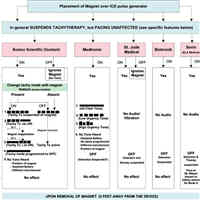
Clinical Applications of Magnets on Cardiac Rhythm Management Devices
The growing indications for permanent pacemaker and implantable cardioverter defibrillator (ICD) implantation have increased the number of patients with these cardiac rhythm management devices (CRMDs). Cardiac rhythm... read more
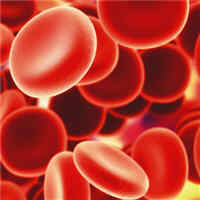
Perioperative Management of Antithrombotic Therapy
Substantial new evidence has emerged since the 2012 iteration of these guidelines, especially to inform best practices for the perioperative management of patients who are receiving a VKA and may require heparin bridging,... read more
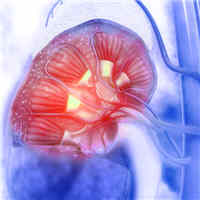
Subphenotypes of AKI in Adults
Subphenotyping may help reduce heterogeneity under the umbrella term of acute kidney injury (AKI). Despite challenges remain, the identification of AKI subphenotypes has opened the potential of AKI research focused on better... read more
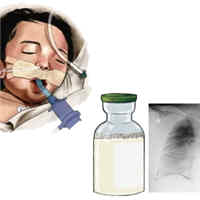
Surfactant Therapies for Pediatric ARDS
We advocate for well-designed preclinical and explanatory clinical studies to investigate the use of surfactant for pediatric (PARDS) and neonatal (NARDS) acute respiratory distress syndrome. Given the accumulating knowledge... read more
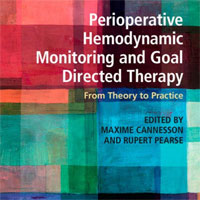
Perioperative Hemodynamic Monitoring and Goal Directed Therapy: From Theory to Practice
This unique book provides clinicians and administrators with a comprehensive understanding of perioperative hemodynamic monitoring and goal directed therapy, emphasizing practical guidance for implementation at the bedside.... read more
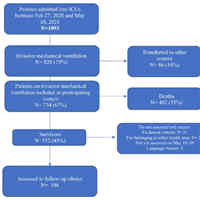
Prevalence of PICS in Mechanically Ventilated Patients with COVID-19
Coronavirus disease 19 (COVID-19) patients usually require long periods of mechanical ventilation and sedation, which added to steroid therapy, favours a predisposition to the development of delirium and subsequent mental... read more
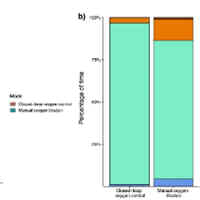
Closed-loop oxygen control improves oxygen therapy in AHRF patients under high flow nasal oxygen
Closed-loop oxygen control improves oxygen administration in patients with moderate-to-severe AHRF treated with HFNO, increasing the percentage of time in the optimal oxygenation range and decreasing the workload of healthcare... read more
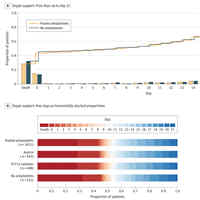
Effect of Antiplatelet Therapy on Survival and Organ Support-Free Days in Critically Ill Patients With COVID-19
Among critically ill patients with COVID-19, treatment with an antiplatelet agent, compared with no antiplatelet agent, had a low likelihood of providing improvement in the number of organ support–free days within 21 days. The... read more
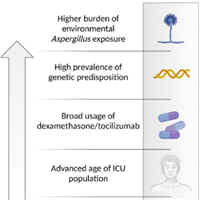
Prevalence of COVID-19-Associated Pulmonary Aspergillosis
First reports of cases and case series of COVID-19-associated pulmonary aspergillosis (CAPA) emerged during the first months of the pandemic. Prevalence rates varied widely due to the fact that CAPA was, and still remains,... read more

Music Therapy Intervention to Treat Sedation-Related Delirium in Critical Care
Sedation is an essential component of treatment for some patients admitted to the intensive care unit, but it carries a risk of sedation-related delirium. Sedation-related delirium is associated with higher mortality and... read more

Obstructive Airway Diseases: Role of Lipid Mediators
Incidences of inflammatory airway diseases are on the rise across the world. Existing therapeutic options are ineffective, unsafe, and expensive, and severe cases are nonresponsive to conventional therapy. Therefore, it is... read more
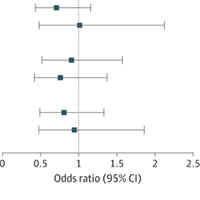
Association Between Dexamethasone Treatment for COVID-19 Patients and Rates of Hospital Readmission and Mortality
Current guidelines recommend use of dexamethasone, 6 mg/d, up to 10 days or until discharge for patients hospitalized with COVID-19. Whether patients who received less than 10 days of corticosteroids during hospitalization... read more
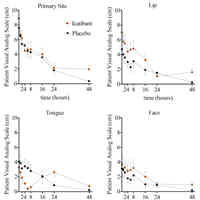
Effect of Bradykinin Receptor Antagonism on ACE Inhibitor-associated Angioedema
This study compared the effect of placebo versus the bradykinin B2 receptor antagonist icatibant on symptoms of ACE inhibitor–associated angioedema in a mixed race population of patients. The study does not support the... read more
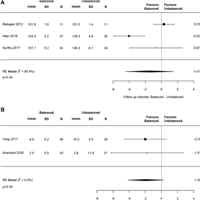
Balanced vs. Unbalanced Fluid in Critically Ill Children
Our systematic review found some evidence of improvement in blood pH and bicarbonate values in critically ill children after 4–12 hours of fluid bolus therapy with balanced fluid compared with the unbalanced fluid. However,... read more




